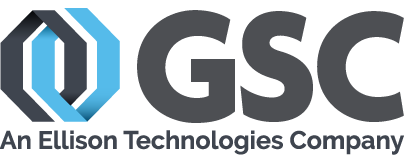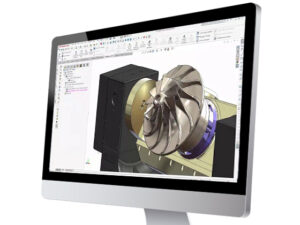Developing safe and innovative medical devices quickly is a challenging task for engineers. They must meet the needs of healthcare professionals, patients, and regulatory agencies. SOLIDWORKS-associative simulation and concurrent engineering, medical device engineers can fulfill industry-specific requirements while ensuring product quality, reliability, and safety. Here is what you can expect from adding 3DEXPERIENCE Works and Simulation to your medical device design toolbox:
1. Powerful Simulation Capabilities:
With multi-scale and multiphysics capabilities, you can tackle both basic, one-off scenarios, like dropping an asthma inhaler, and intricate, multi-step problems. Medical device designers can rapidly assess their designs by utilizing high-performance cloud computing resources while maintaining seamless team alignment via cloud-based collaboration and data management tools.
2. Nonlinear Analysis:
3DEXPERIENCE Works utilizes advanced Abaqus technology to help medical device engineers validate the performance of their products in real-world scenarios. A materials database featuring over 350 options and user-friendly modeling capabilities for complex multi-surface contact interactions makes nonlinear structural analysis more accessible, enhancing device safety and performance.
3. Electromagnetics for Wearables:
As medical devices become more integrated with the Internet of Things (IoT) and deployed for continuous monitoring, it is crucial to ensure that a device’s electromagnetic performance is validated in all possible operating conditions. Electromagnetic simulation allows for seamless exploration and optimization of the design and location of the onboard antenna and electronic circuitry, leading to maximum performance and reduced potential for electromagnetic interference.
4. Fluid Dynamics and Fluid-Structure Interaction:
Many medical devices contain fluid transport mechanisms, ranging from basic pre-filled syringes to complex peristaltic pumps that dispense large-molecule therapeutics over extended periods. Precise modeling of fluid velocities and pressures is essential to optimize the drug delivery process. Additionally, it’s crucial to comprehend the effect of fluid on surrounding structures to minimize leakage and enhance device longevity.
5. SOLIDWORKS Integration Workflow:
Associativity with SOLIDWORKS means no export/import rework— providing SOLIDWORKS users with an intuitive simulation workflow that is both efficient and user-friendly.
Contact Us
Have a question? We’re always available to talk over the phone at 262-790-1080, for you to leave a message or for you to submit a request – just contact us.
Share
Meet the Author

